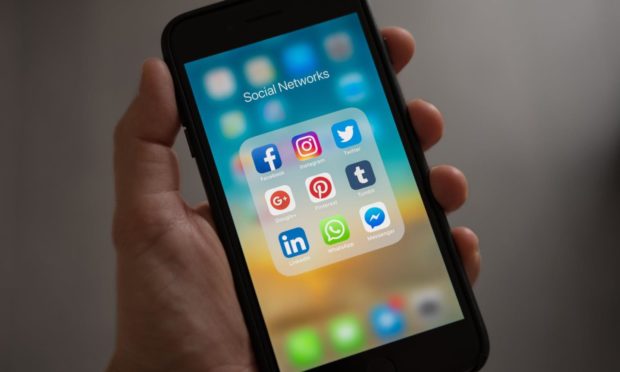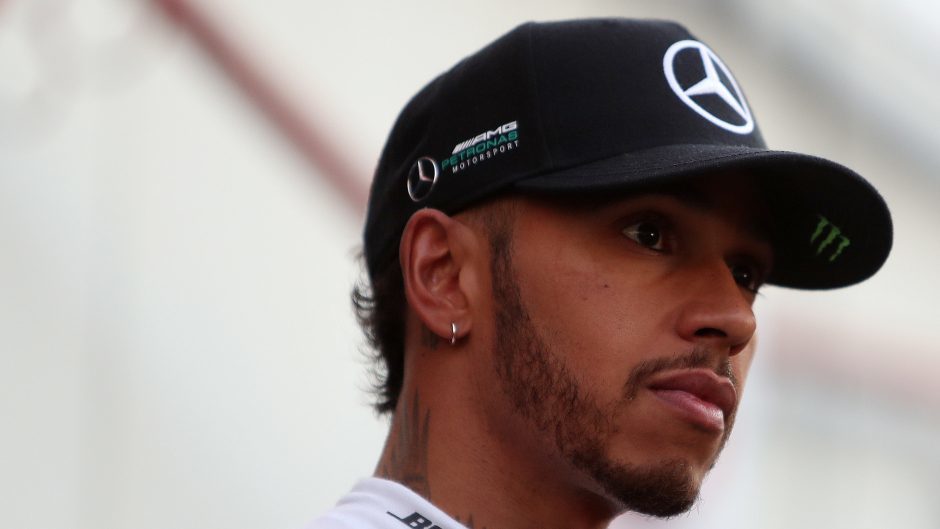When football clubs, cricket clubs, rugby clubs, Formula 1 drivers, cyclists, jockeys, tennis players, hockey and netball teams, as well as their sponsors all boycott Twitter, Facebook and Instagram for four days in protest at online abuse, it makes you wonder what more can be done to highlight the need for a solution to a growing problem.
I still rarely look at Twitter, out of habit. I learned to stay away long ago because of the vile personal abuse I received as a reporter.
Journalists would come up to me in the newsroom with a strange look on their face and say: “Have you seen Twitter lately? It’s really bad.”
I found, though, that ignorance was bliss and it certainly helped me stay sane in what was already a difficult job. For others, that wasn’t always possible and I’ve had to comfort young journalists whose appearance – not their professionalism – was clearly regarded as a topic for public criticism.
What I found really disturbing was that some of the most unpleasant trolls had accounts which were clearly followed by politicians at all levels, right up to Scottish ministers.
Trolls often have high self-esteem and, through poor housekeeping, successive Scottish governments gave these online abusers tacit approval.
Social media abuse is not part of any job description
I now work in a field where I am no longer a public face, but the onslaught continues for my former colleagues, particularly around election time. It has affected some so badly that they have gone off sick with stress, and that’s not just the young ones starting out on their careers.
Some of the most measured and respected journalists you could imagine have been affected. It’s clear that online abuse is at a level which public-facing professionals can no longer cope with, whether they are playing on the field or trying to report the action.
Any democracy relies on a free press. Being threatened with rape or murder when you report on a topical issue is not part of the job description. Allowing it to reach a point at which journalists can no longer continue is not part of any democracy. That’s before we even broach the abuse faced by candidates, particularly female ones, who are standing for election.
Trolls lack self-awareness
Once I did confront my abusers online. I replied with a simple message, explaining that their words were hurtful and that I was a real human being on the other side side of the smartphone. To my surprise, they backtracked and responded with words to the effect of: “Ach, we’re only messing about.”
What is surprising is the sheer number of people who don’t think of themselves as racist, sexist or bigoted, yet who still don’t hesitate to post online abuse
It’s not surprising that there are clandestine racist, sexist and bigoted trolls out there. What is surprising is the sheer number of people who don’t think of themselves as any of these things, yet who still don’t hesitate to post online abuse. This may even apply to you, given some of the comments readers make on this newspaper’s Facebook page.
Facebook can be used for good
When social media is used in the right way, it can be amazing. My son just raised £1,000 for charity thanks to Facebook – something he would never have achieved in the days of knocking on doors with a sponsorship form and a bucket.
Recently published research suggests that our current state of permanent horror over the social media use of teenagers mirrors that of our parents’ over increased TV watching when we were young. The study found no evidence that technology had caused worsening mental ill health, overall.
But there is a dark side to this integral part of modern life which is ruining the lives of some professionals and threatening fundamental freedoms.
Anonymity protects whistleblowers as well as abusers
I don’t have the answers, but it’s time we put our heads together to find them. Asking all users to provide identity verification for all accounts has been suggested. It would stop the anonymous trolls but there are plenty more who are happy to be identified, not least the former president of the United States.
And while anonymity can be used to protect abusers, it also allows legitimate whistleblowers to highlight important concerns.
We are clearly not learning to live amicably with social media, as the generation before us learned to live with TV. Can the next generation use it more responsibly? Let’s hope so.
In the meantime, can everyone just calm down and consider the person behind the profile?
Eleanor Bradford is a former BBC Scotland health correspondent and now works in communications in the education sector


